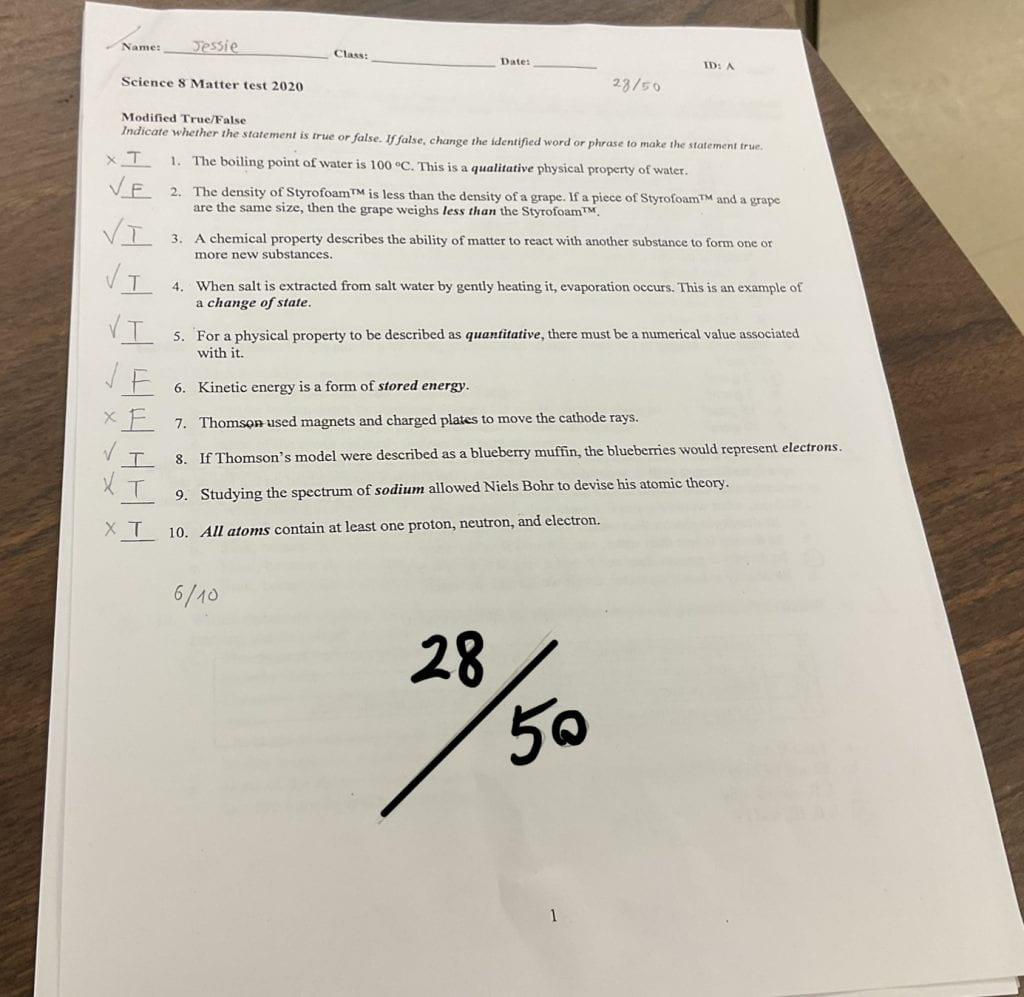DI Post
Destination Imagination is a hands-on, project-based educational experience that encourages creativity, collaboration, communication and critical thinking skills. In the DI program, students work in teams to solve challenges and improve creativity. DI challenge helps students understand problems better, ask better questions, come up with solutions, and learn from failure. In the process, children learn important life and career skills — creative thinking, critical thinking, acting and collaborative problem solving — that lay the foundation for their future success. DI allows students to learn and experience the creative process while fostering creativity, curiosity and courage. (Form: https://www.destinationimagination.org/)
My group in DI is called The Hazardous Heroes. Our story is about some students that had an accident during their online class, and they created monsters (I played a monster). The students attracted the monster with a toy car and then turned the monsters back into some toys. Our group made several obstacles for the toy cars to pass through.
As an artist in our group, I decorated one of the obstacles and drew the team poster with my team. On the obstacles, each student drew their favorite things, some are the sea and seahorses, some are books, and some are games; I drew small animals and nature.

The most important thing I learned in DI was teamwork and communication with my classmates. Creativity and imagination are both important parts of the DI challenge, but I think they are all built on the teamwork and good communication.

If there is DI challenge next time, I think we can rehearse more. During the performance, our group’s car often fell down from the obstacle, maybe it was the operation problem. If we practice more, this kind of problem will not happen.

I think the best part I did was instant Challenge. We played a story of an Italian restaurant. I was the customer who ordered. I think this is the best instant challenge we’ve ever done, our challenge ended just in time.
My favorite part of the DI challenge is drawing. I love drawing, It makes people feel calm and happy. But the part I didn’t like was looking for the place of the performance, I stumbled into another St. George’s High School, I was there when the show was about to start, I hope when the DI challenge, teachers can give us an exact address next time.





